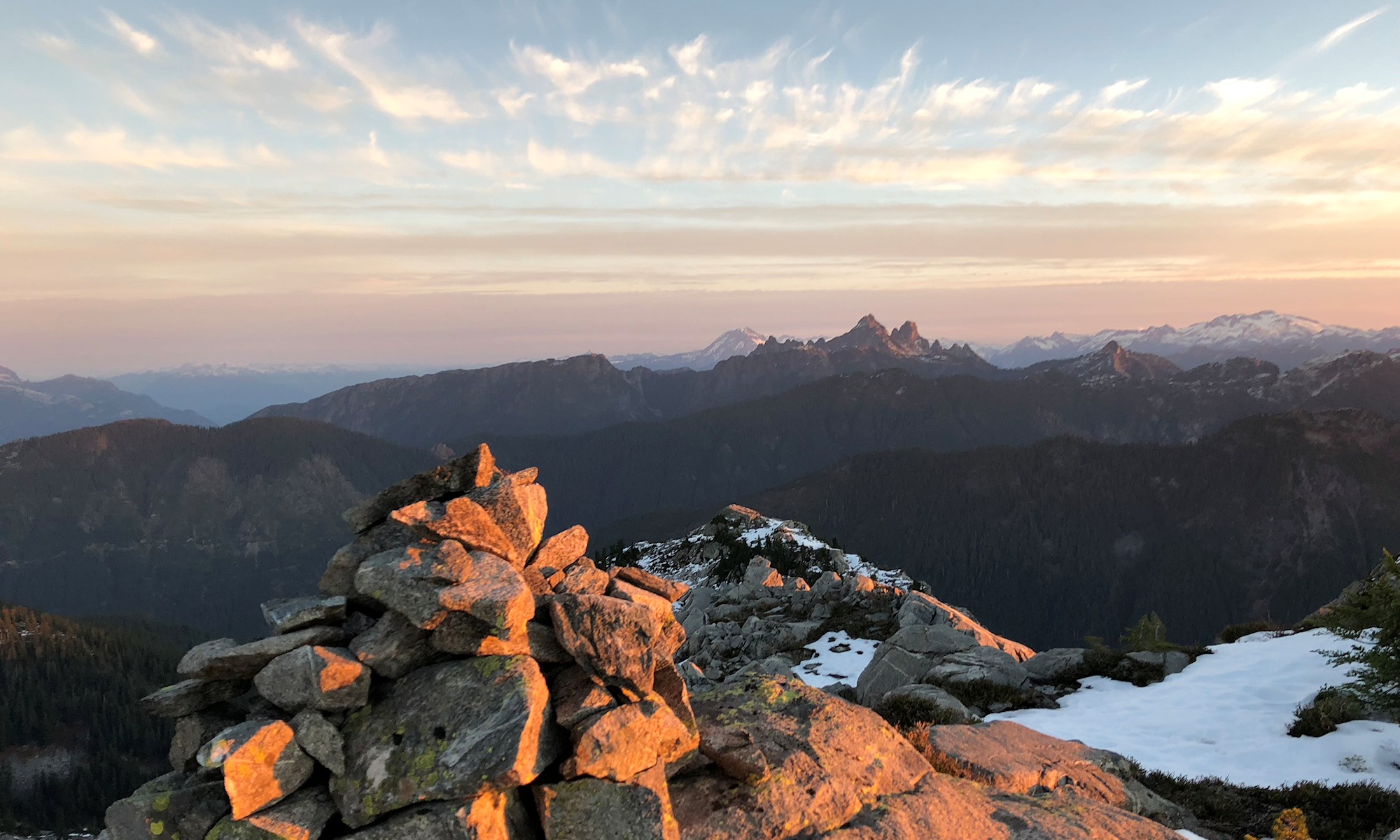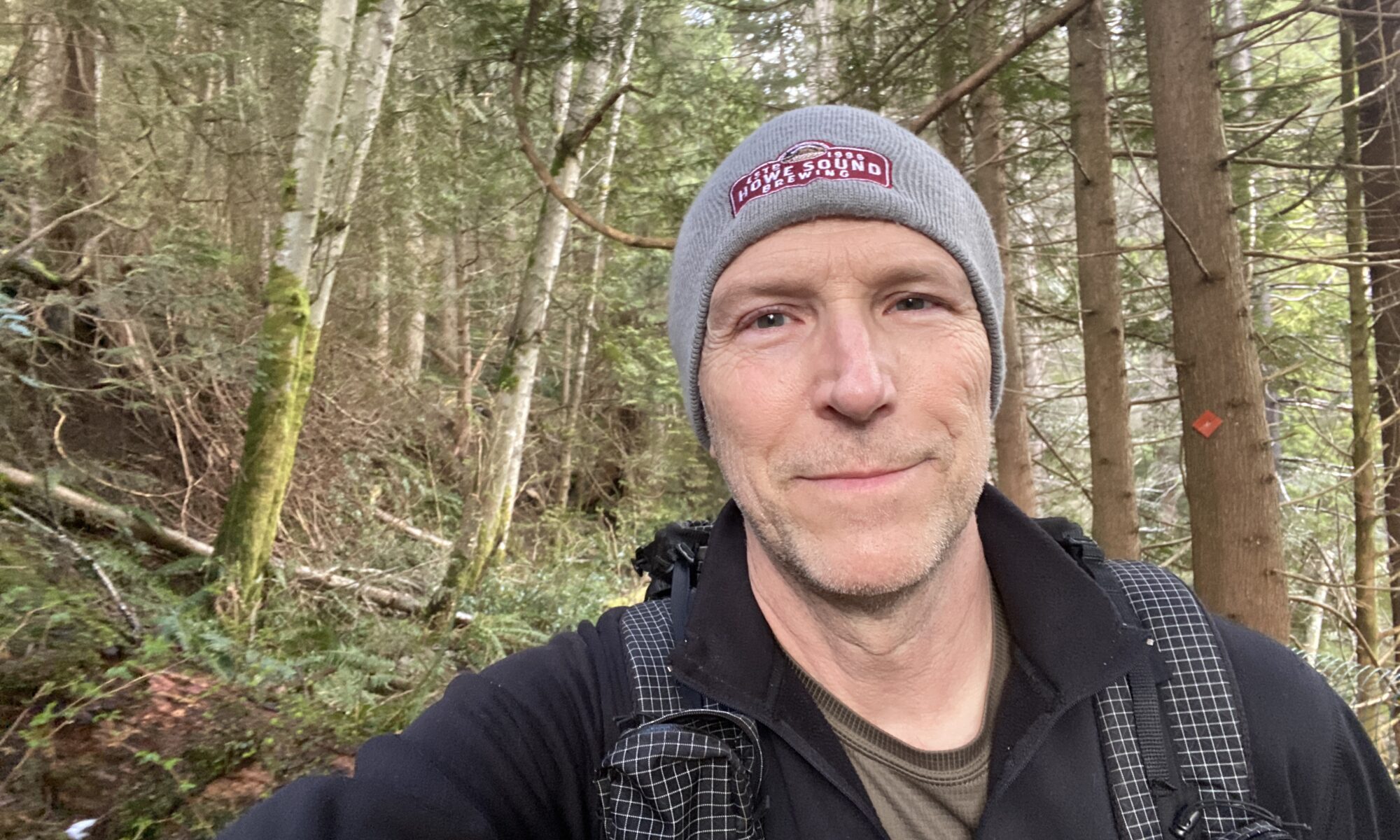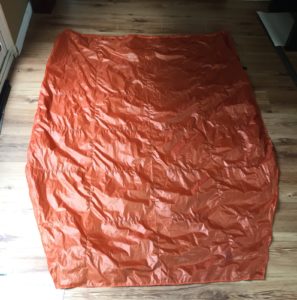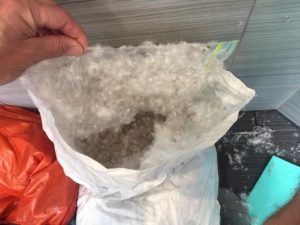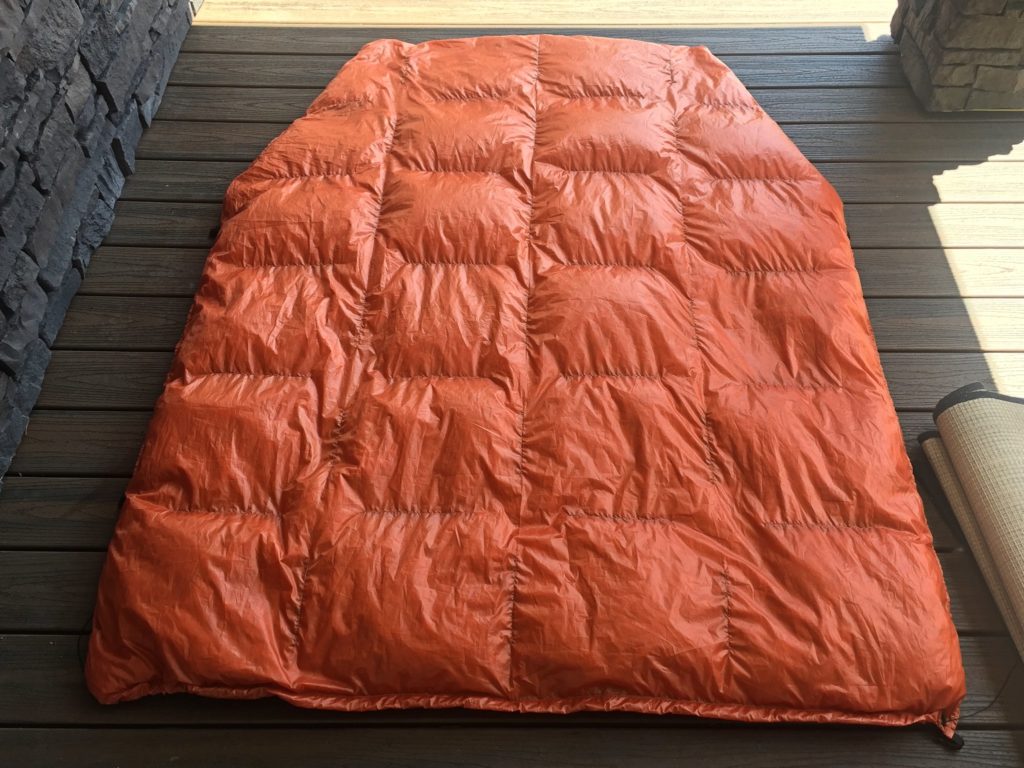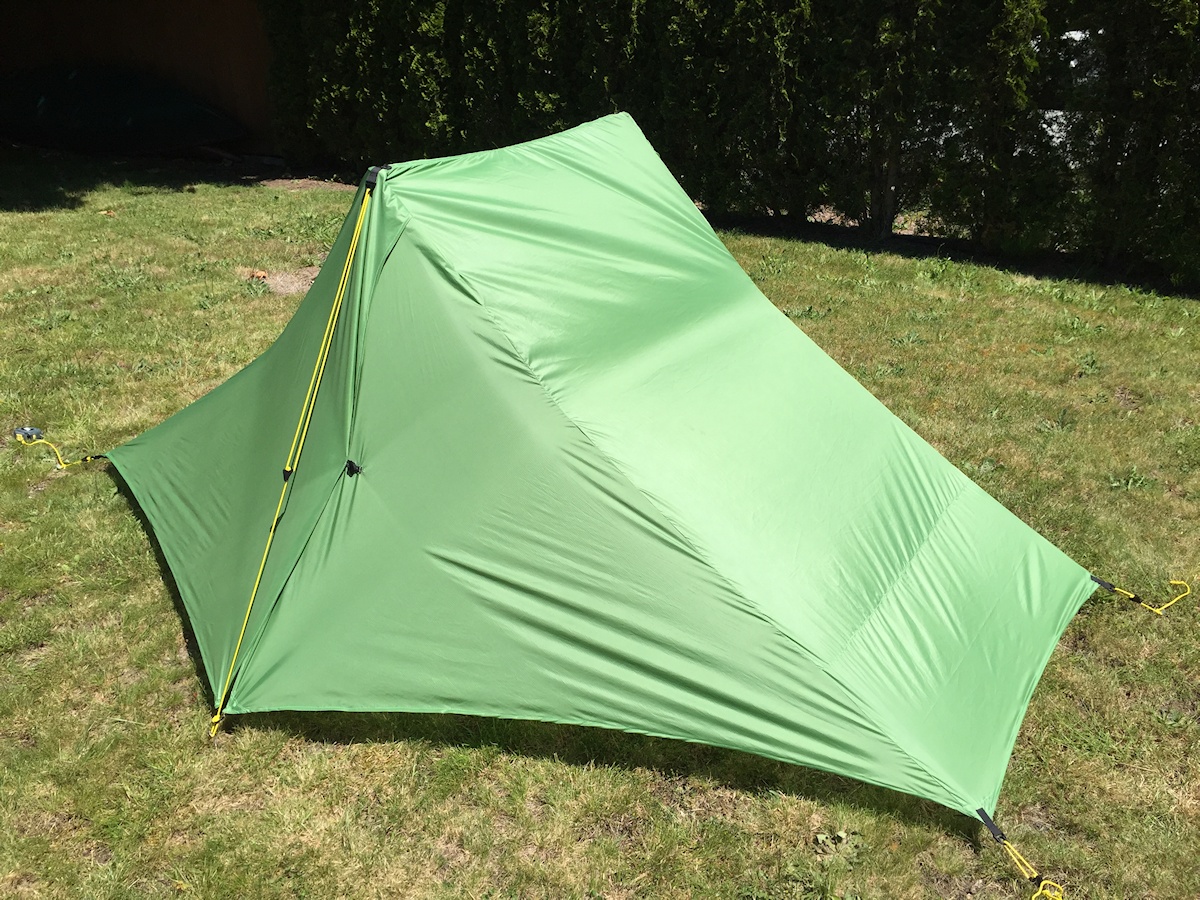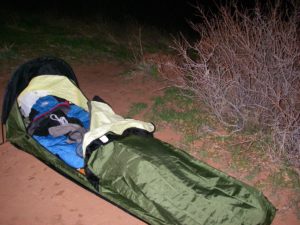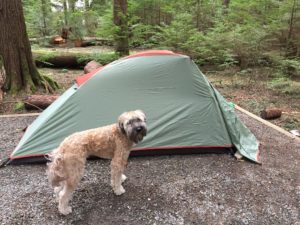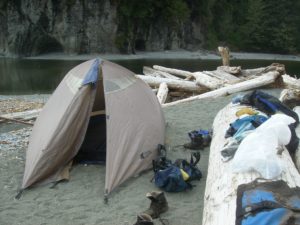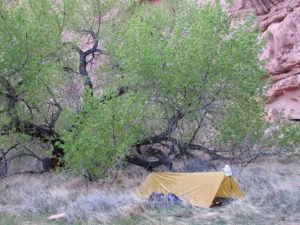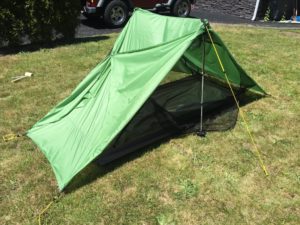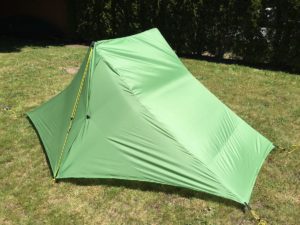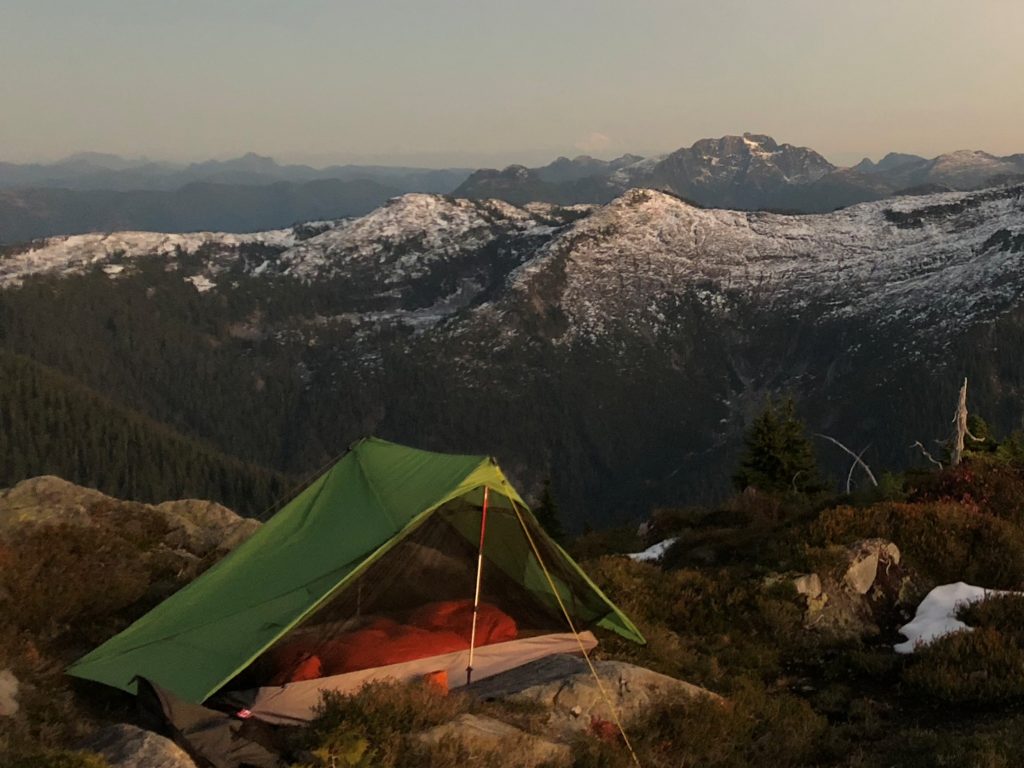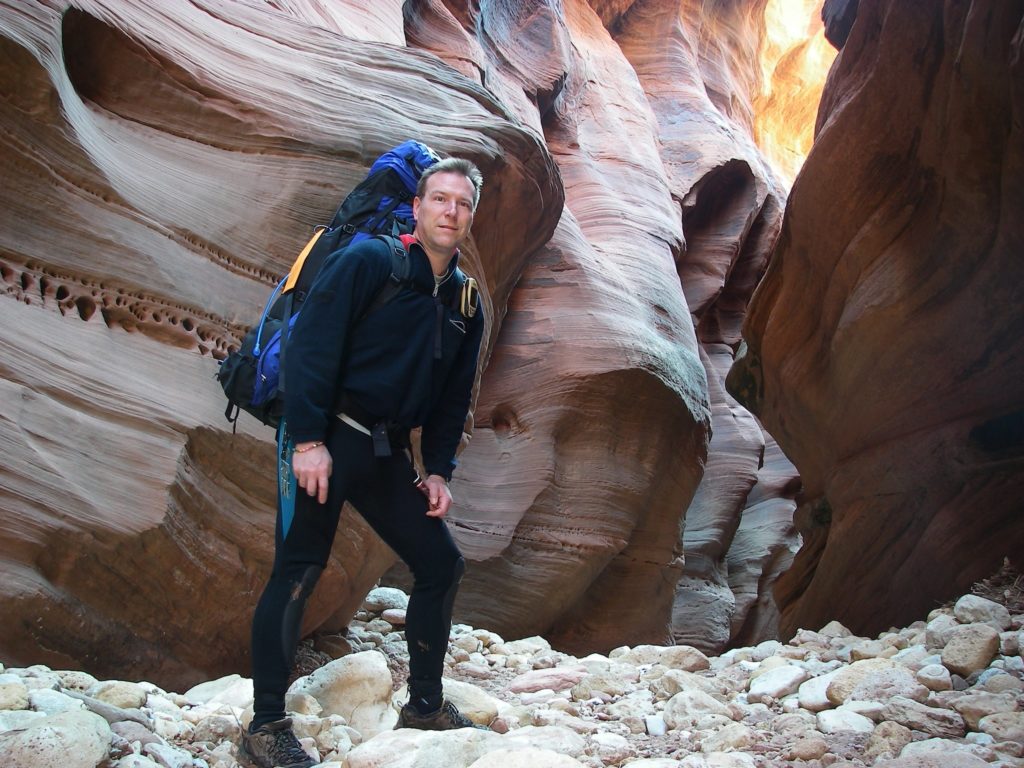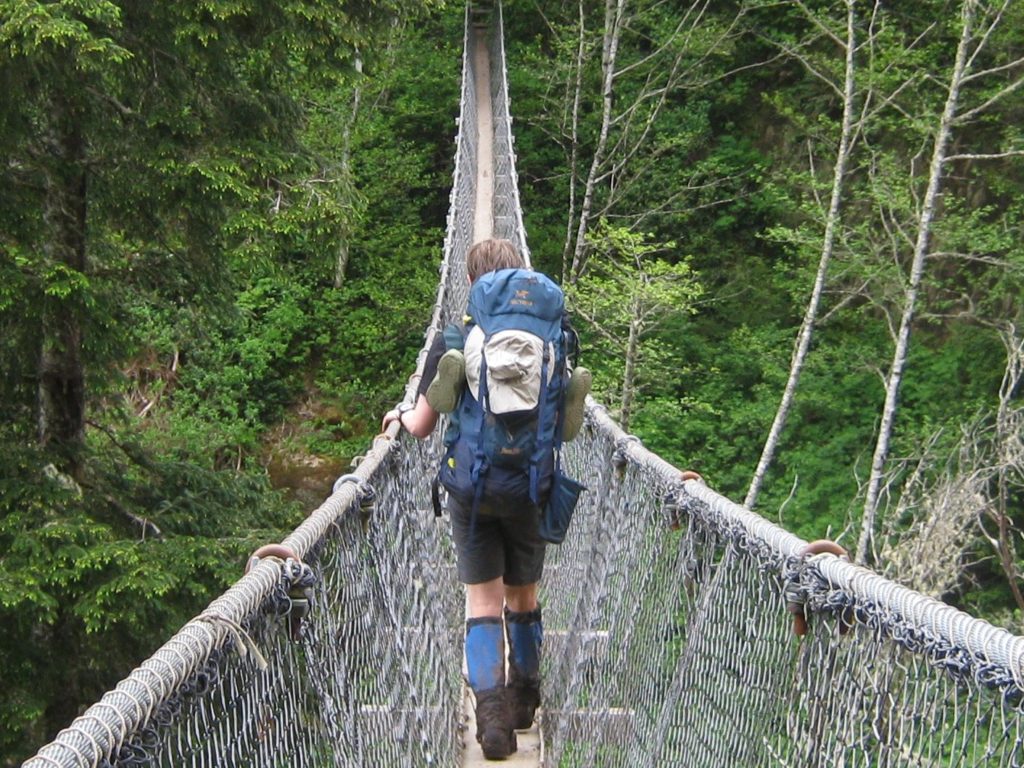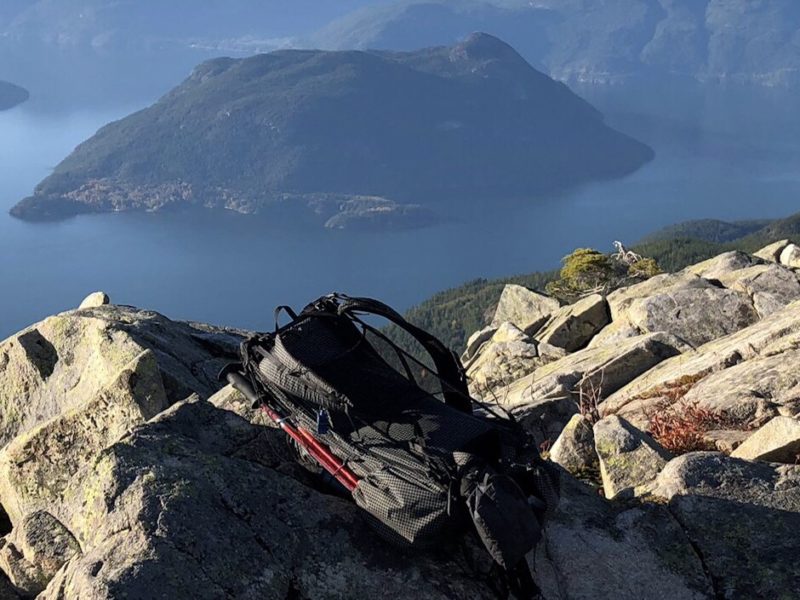Four weeks in a row. This may be a record.
Some more hiking, a bunch of treadmill time, and new toys.
I bought some new lighter-weight goodies this week. I replaced my old DeLorme InReach SE with a newer Garmin InReach Mini, which cut the weight in half, from about 200g to 103g. I am hoping that the newer one is a little more reliable than the old one was. I was somewhat disappointed that the old one was quite finicky about its view of the sky – sometimes it just did not want to send, even with a good portion of the sky in view.
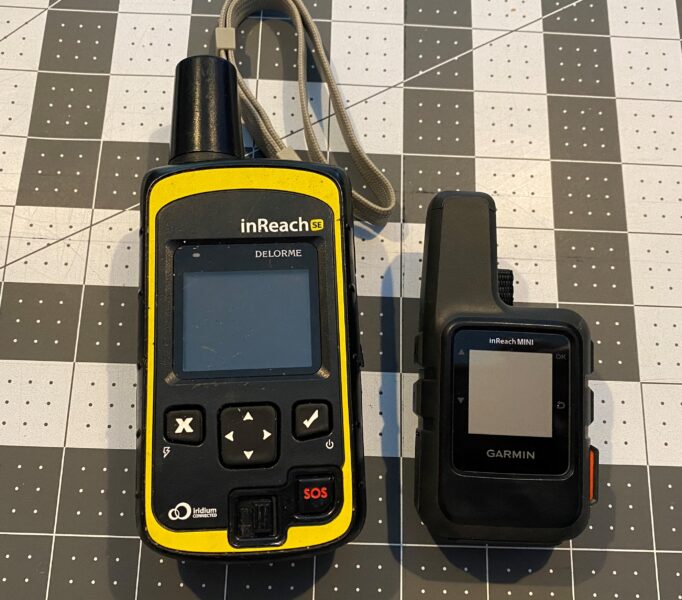
I also bought a new, lighter charging block for charging up my Anker 20000 mAH power bank. The 511 nano is a 20W USB C charger that weighs only 31g. It will charge the power bank fully in 10 hours, so great for a motel stay while on the PCT. Top-ups now and then will keep me going in between.
I ordered a new headlamp, the Petzl Bindi. Only 35g (compared to my BD Spot at about 85g) and has a rechargeable built-in battery, so I don’t have to keep spare AAAs on hand. Helpful on trail, when I’ll always have the power bank along.
Finally, I’d been thinking about trying out new shoes. I’ve been wearing Merrell Moab shoes in the Wide variety for many years now, and they work great for me. I can always rely on the fit, and they take no breaking in whatsoever – I can buy a new pair and take them on a 10 hour hike with no foot issues at all. The downside is that they are very heavy shoes – about 1 kg for the pair.
I have heard a lot about the Altra Lone Peak trail running shoe, and how the footbox is very wide. Knowing that I have a very wide foot, I was hoping that the shoes would fit me well. I went to Mountain Equipment Co-op, and tried on a pair. They felt so good on my feet, without having to size-up for the width, that I bought a pair immediately. Worth a try!
I used the shoes on the treadmill, initially, doing 90 minutes at 3 mph (stupid imperial treadmill) at a six to twelve percent grade. The shoes felt great, so I’ve tried them out on some trails, walking the dog, for an hour at a time, twice now. Today, I finally spent the whole day in them, at work. So far, so good! We’ll see how they hold up for some more serious hiking in coming weeks.
Anyway, the weekly totals are down a bit from last week, but I’m still pretty happy overall. The best thing is that the work is showing real benefits in my resting heart rate. January through March, my resting rate averaged 52 -53, and so far in April (as of the 17th) it is averaging just under 50. Much better, and more like it should be!
Stats for 10 April – 16 April, 2022
- Steps: 114261 (avg 16323) down 5% from last week
- Floors: 478 (avg 68) up 26% from last week
- Calories burned: 23610 (avg 3373) down 2% from last week
- Average resting heart rate: 49.7 (down from 50.1 the week before)
